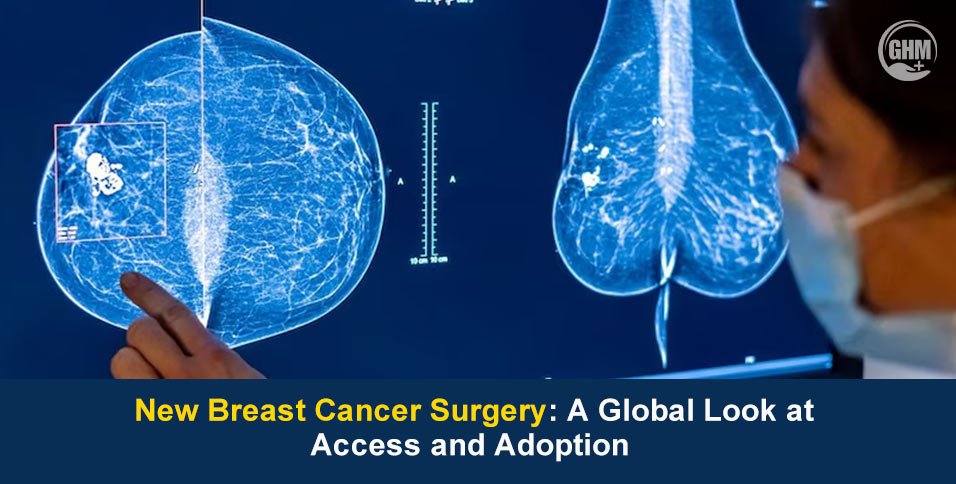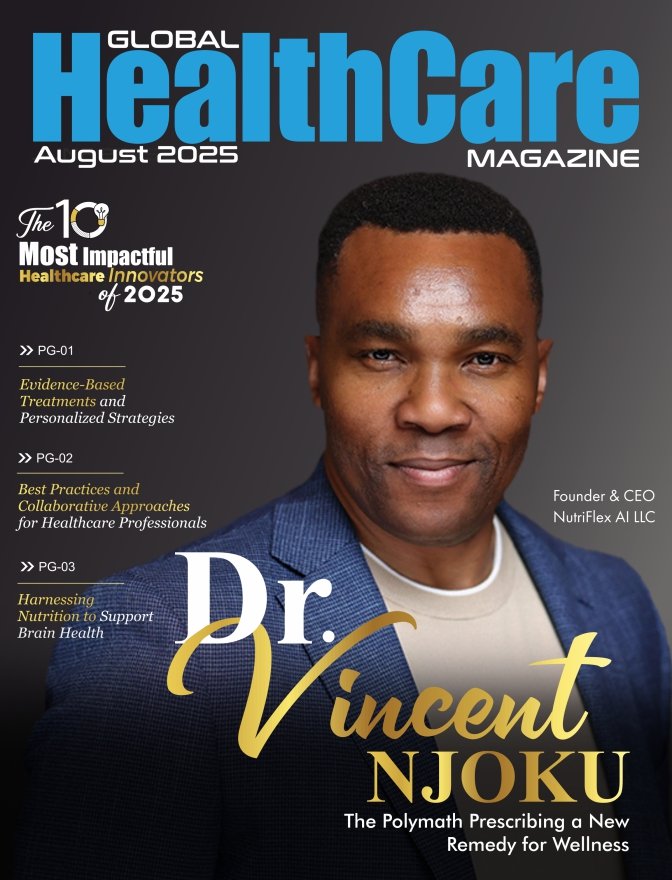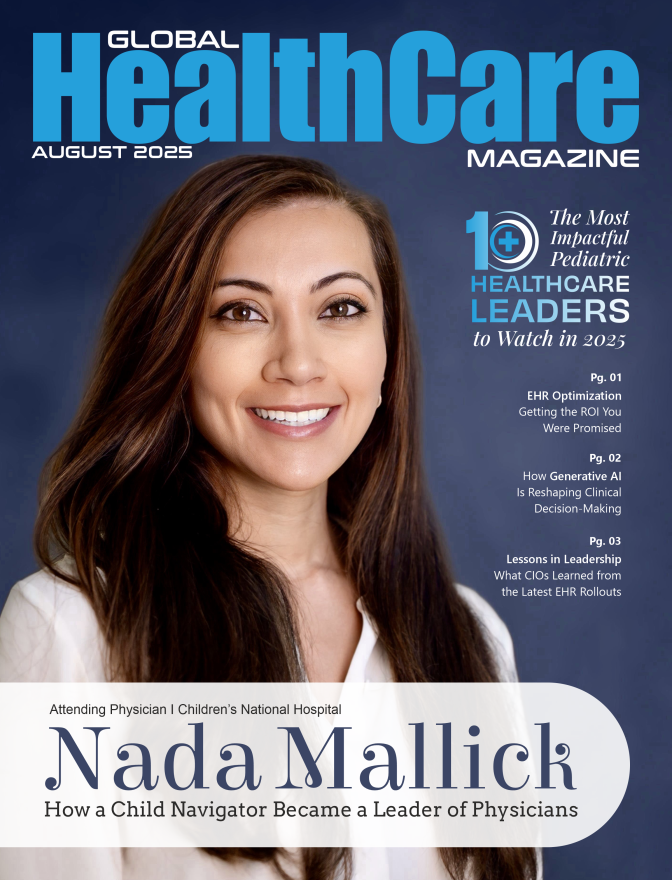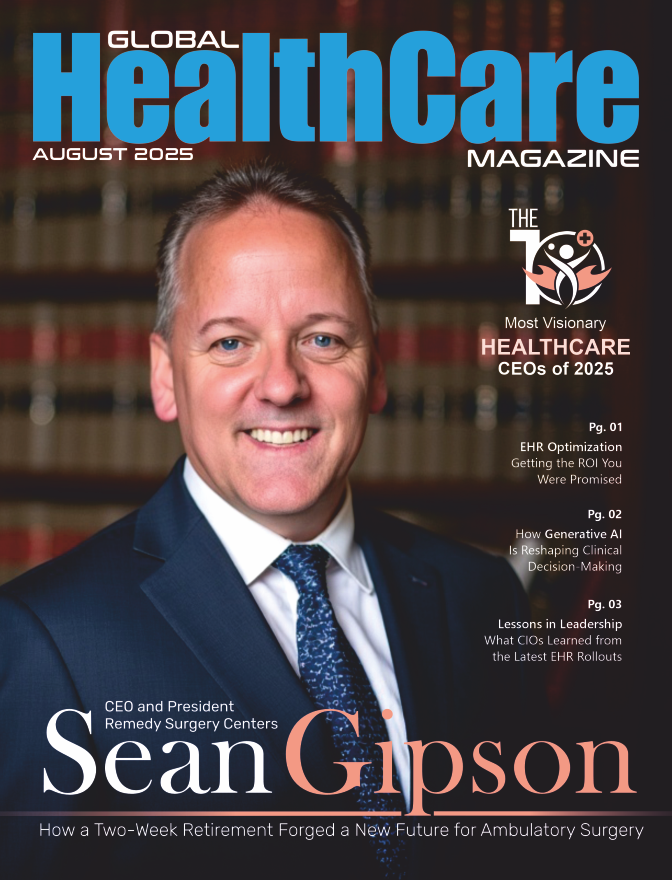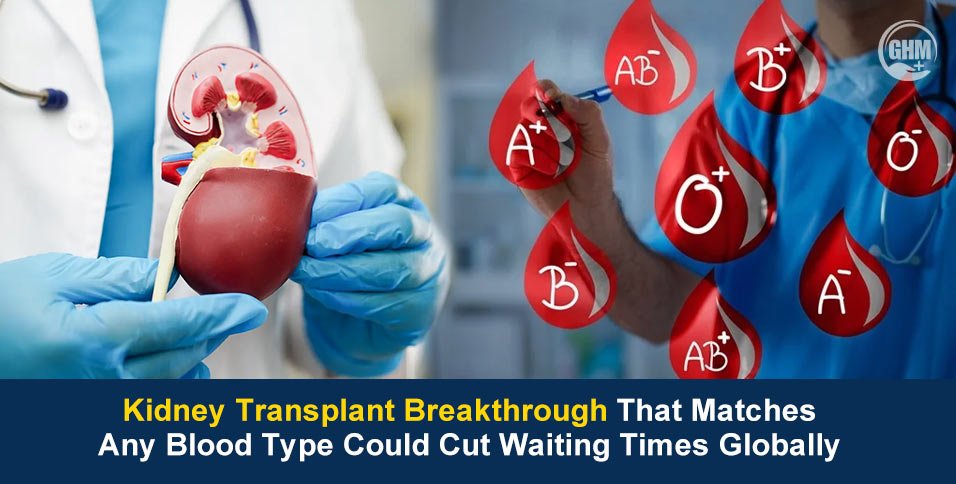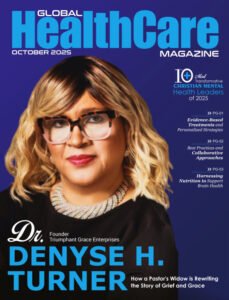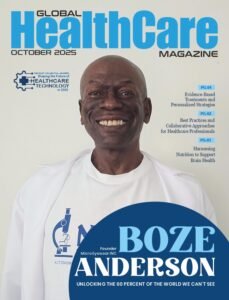A new breast cancer surgery technique that removes cancer and reconstructs the breast in a single day is being hailed as a major medical breakthrough in the U.S. This New Breast Cancer Surgery combines cancer removal and immediate breast reconstruction. It aims to reduce recovery time, ease emotional trauma, and cut hospital costs.
“This new 1-day surgery can help women heal physically and emotionally at the same time,” said Dr Alana Christie, a Breast Surgeon involved in early trials.
However, as the U.S. celebrates this milestone, a crucial question arises. Is this innovative procedure available to women in other parts of the world?
What is the New 1-Day Surgery?
Traditionally, many women with breast cancer undergo two separate procedures: one to remove the tumour (mastectomy) and another, weeks or months later, to reconstruct the breast.
The new one-day approach does both in a single operation, minimising hospital stays and speeding up recovery. Surgeons in the U.S. say the technique is suitable for select patients, particularly those diagnosed early with localised cancers such as DCIS (ductal carcinoma in situ).
“The goal is to give them back a sense of normalcy right after cancer removal,” added Dr Alana Christie.
Europe: Cautious but Growing Adoption
Several European countries, including the U.K., Germany, and France, already offer immediate breast reconstruction as an option for eligible patients. However, the integrated “same-day discharge” model seen in some U.S. hospitals is less common.
- Regulatory and Clinical Pathways: European guidelines typically require multi-disciplinary reviews before surgery, which can delay rapid scheduling.
- Hospital Infrastructure: While major cancer centres are equipped for advanced reconstructive surgeries, smaller hospitals still follow the traditional two-stage model.
- Insurance & Reimbursement: Most European national health systems cover reconstruction, but scheduling constraints and workforce shortages can impact access.
According to a 2024 report by the European Society of Breast Cancer Specialists, only 25–30% of eligible patients receive immediate reconstruction. Efforts are underway to streamline clinical pathways, but widespread same-day procedures may still be a few years away.
Asia: Emerging Interest, Unequal Access
In Asia, the story is more complex. Countries like Japan, South Korea, and Singapore are showing strong interest in new breast cancer surgery techniques. Leading hospitals in Tokyo and Seoul are piloting combined cancer removal and reconstruction surgeries, but these are often limited to urban, high-tech medical centres.
- Japan & South Korea: Early adoption in advanced cancer centres, often using implants rather than tissue flaps for faster recovery.
- India: While top-tier private hospitals in cities like Mumbai and Delhi offer immediate reconstruction, cost remains a major barrier for most patients. Public hospitals face challenges in operating room capacity and trained reconstructive surgeons.
- Southeast Asia: Access remains minimal, with most patients still undergoing delayed reconstruction or none at all.
Cost and Insurance: A Major Determinant
One of the biggest drivers of adoption globally is cost and insurance coverage. In the U.S., insurance often covers reconstruction thanks to federal laws. In Europe, national systems fund it, but capacity issues remain. In many Asian countries, reconstruction is either partially covered or not covered at all, forcing patients to pay out of pocket.
| Region | Average Cost (USD) | Insurance Coverage | Typical Access |
| U.S. | $15,000–$40,000 | High (private & federal) | High in major centres |
| Europe | $10,000–$25,000 | National health systems | Moderate |
| Asia | $5,000–$20,000 | Variable, often low | Limited |
(Estimates based on hospital reports and cancer centre data, 2024–2025)
Training and Technology Gaps
Another challenge lies in training skilled surgeons and ensuring access to reconstructive materials such as implants and advanced imaging tools. The U.S. benefited from decades of investment in breast reconstructive surgery. Many developing countries are still building that capacity.
- Lack of specialised surgical teams limits immediate reconstruction options.
- Rural and public hospitals may not have adequate post-op care for same-day discharge.
- International training programs are beginning to address these gaps.
Policy and Equity Questions
The New Breast Cancer Surgery raises important questions of equity and access. If the procedure improves quality of life, how quickly can it be scaled globally, and who will be left behind?
Global health experts warn that without coordinated investment, the innovation gap between high- and low-resource settings can widen.
Looking Ahead
To make same-day breast cancer surgery widely accessible, experts suggest a three-part strategy:
- Investment in infrastructure, ensuring hospitals have surgical teams and equipment.
- Insurance and policy reform so reconstruction is not a luxury but a standard of care.
- Training and capacity building, especially in low- and middle-income countries.
Conclusion
The New Breast Cancer Surgery offers a powerful step forward in patient-centred cancer care. But its global adoption is uneven.
While the U.S. leads in clinical rollout, Europe is cautiously scaling, and Asia faces structural and financial hurdles. Bridging these gaps will require international collaboration, policy innovation, and investment in healthcare systems.

